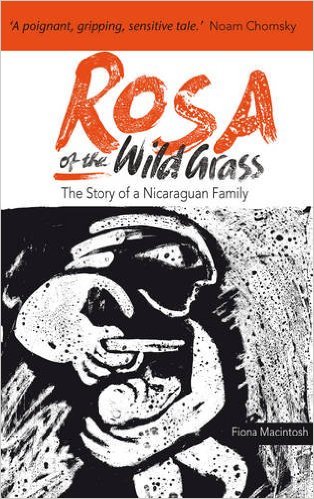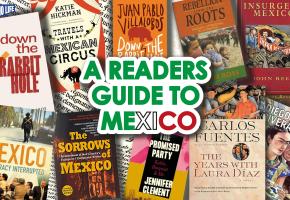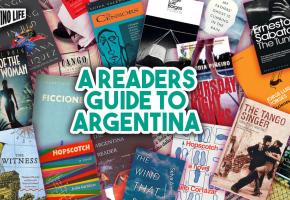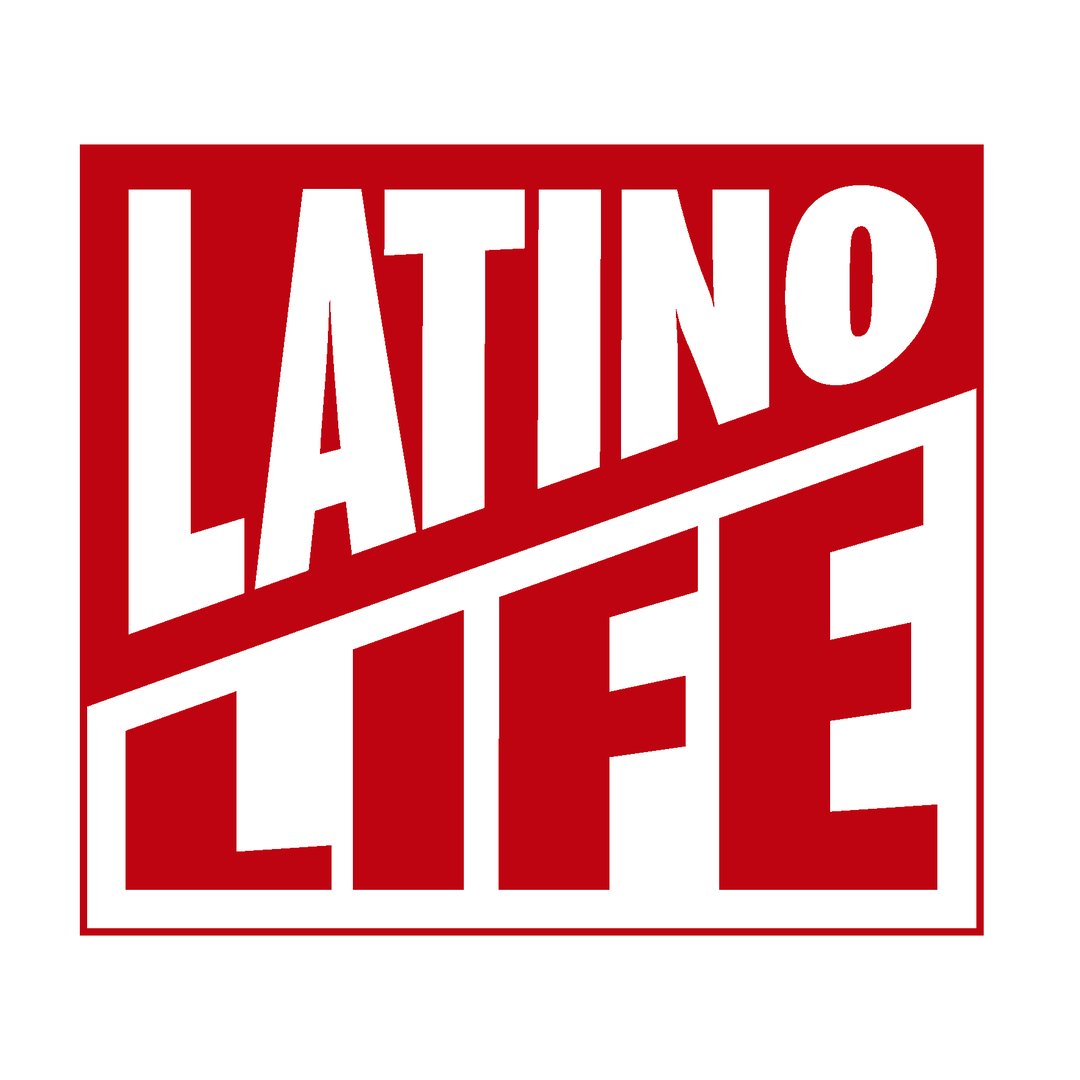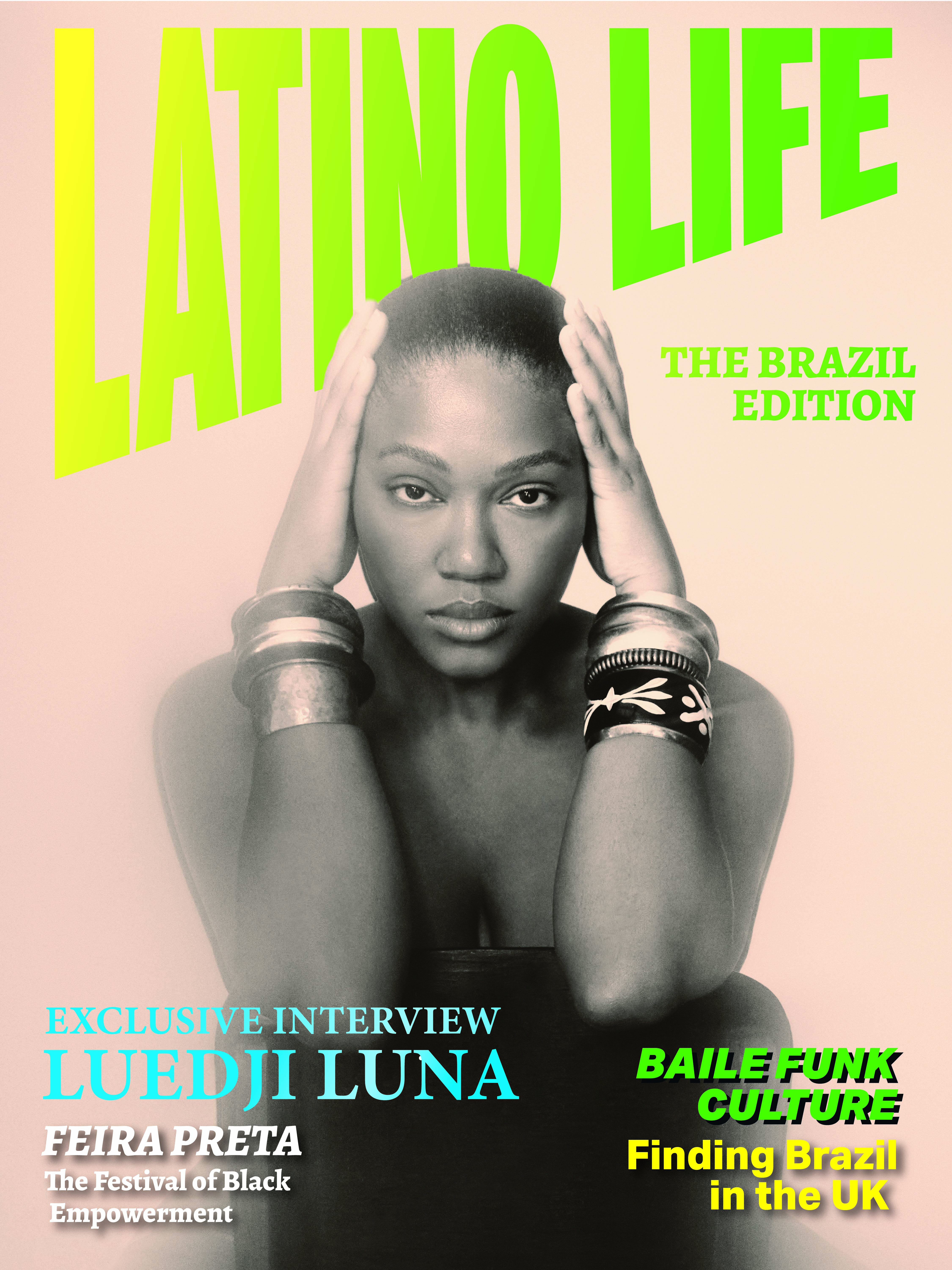‘Good God, isn’t that So-and-So? Haven’t seen him in years!’ The speaker’s referring to a well-known international development expert, now nearing retirement, who was instrumental in bringing Chilean refugees fleeing the brutal Pinochet regime to the UK in the 1970s and helping them rebuild their lives after torture and trauma. Looking around, we realize the room is full of people like him: people who have worked continuously since the 1970s and 80s, in various ways, to defend the rights of poor people and communities and to support progressive movements in Chile, Argentina, Central America, Colombia and elsewhere in Latin America.
The occasion is the launch of Fiona Macintosh’s new book, Rosa of the Wild Grass, enriched with 32 starkly beautiful black-and-white illustrations by Fiona herself, who is also an artist and art psychotherapist.
Nearly thirty years in the making, Rosa chronicles the real-life stories of a poor Nicaraguan family over a turbulent half-century. It spans the tragic years under the dictator Antonio Somoza, the exhilarating, intense period of the Sandinista revolution (1979–84), the economic – and eventually military – struggle to survive and maintain the gains of the revolution against powerful opposition forces backed by the United States, and the growth of grassroots organizing in local communities determined to claw back their self-reliance and dignity. The final pages, almost an epilogue, speak of the compromised ‘normality’ of the present day, in which Daniel Ortega, the revolution’s first president in 1979, and his wife Rosario Murillo are now the new dynasty heading a pro-capitalist Sandinista government that has moved a very long way from its founding principles of equality and citizen participation.
The book emerged from a series of visits to Nicaragua Fiona made over many years. Its style is documentary and compulsively readable, based on interviews and conversations with Rosa, her mother María, her daughter Angélica, and other members of the family, recorded between the early 1980s and 2013, when Fiona last visited Nicaragua.
The personal stories are skilfully interwoven with the story of larger events, partly because Rosa in particular was very close to those events, as a secret courier during the struggle against Somoza – an activity that could have cost her her life – and as a community organizer, over the subsequent decades. As well as the clandestine struggle and the ‘final offensive’ that ousted Somoza in July 1979, Rosa talks of the sea-changes in education, health and land ownership that came with the revolution. After the defeat of the first Sandinista government in 1990, many of those social gains were lost as public funding disappeared. What did survive, however, was the determination of people at the grass roots to work together to make the best of their situation and try to improve it. Rosa was among many women who organized in the barrios (urban neighbourhoods), running community kitchens to feed poor or abandoned children, growing food such as soya in an innovative project, starting up a physic garden for herbal medicine, making and mending clothes, and holding workshops on education and health with a particular focus on women’s health and sexuality and mental health. When she speaks of ‘wild grass’, this is what she means: ‘This kind of work in the barrios, I see it spreading like wild grass.’
The lives of women
This is a tale of family, and a tale of political and military struggle. But it is a principally a tale told by women, and women’s lives and gender relations are central to it. The cover illustration depicts this vividly: a woman, surging forward and fierce as a tigress, holds a pistol at the ready in one hand while with the other she cradles a baby protectively close to her body. This powerful image sums up the spirit of the book: women’s courage, women’s strength, women’s compassion, and everywhere and always, the overriding need to care for children and families. The men in this story are often violent or drunk or both; men are still the bosses in most Nicaraguan families, and the women have to find ways of tackling irresponsible partners and fathers. They’re also aware, as Rosa says, that ‘women challenging their traditional roles can positively challenge men too, or can threaten them or undermine them, especially when they’re without a job’.
The never-ending story
Time passes, but it doesn’t. The gathering that launched Rosa of the Wild Grass was of a piece with the book itself in its sense of continuity and community. Just as Rosa’s family has survived with their heads held high through five decades of Nicaragua’s changing fortunes, the people attending the book launch represent an ongoing community of progressive-minded activists, experts and cultural figures who care deeply for peace, justice and human rights in Latin America and have continued to work around those themes in one way and another since the early 1970s. The launch was just a perfect excuse to bring us all together. And just as the book, evolving over such a long timespan, is a document of history, so the shared experience of many people working on Latin American development and political issues over the same timespan, our paths crossing and recrossing over the years, represents a history of the British movement of solidarity with the struggles of the poor and dispossessed in Latin America – struggles which are still going on today.
Available from Practical Action Publishing, www.bit.ly/ROSAWG, in the following formats:
Rosa of the Wild Grass
ISBN: 9781909014039
Paperback
Price: £9.45
Rosa of the Wild Grass
ISBN: 9781909014022
Hardback
Price: £23.70
Rosa of the Wild Grass eBook
ISBN: 9781909013926
eBook
Price: £9.98


